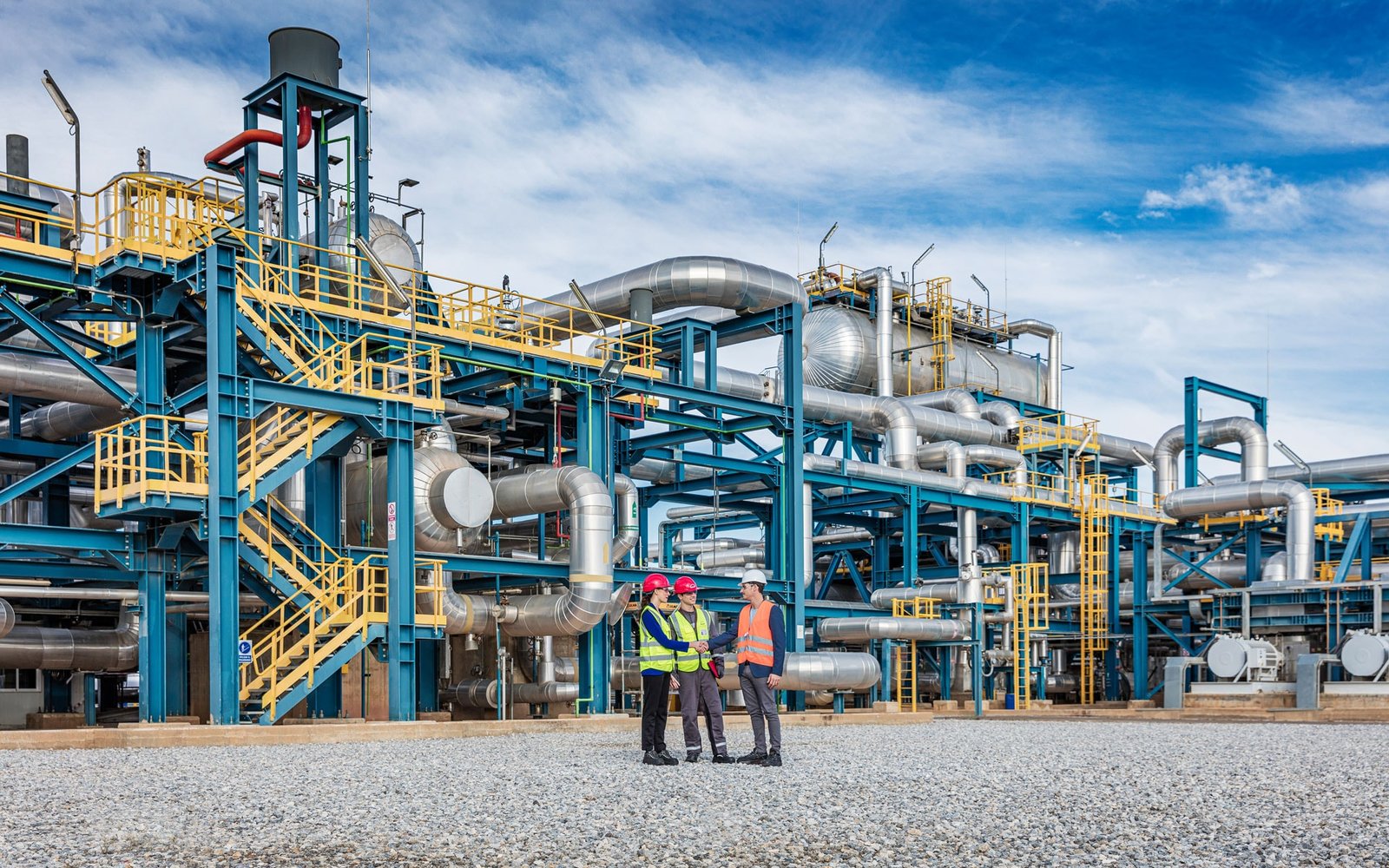In the sprawling industrial hubs near the US-Mexico border, there is a hidden yet thriving community that many would find surprising—a “Chinatown” that has become a pivotal player in North America’s supply chain. Nestled amidst assembly lines and logistics hubs, this enclave has grown into a critical component for global trade. However, as whispers of renewed tariffs and trade restrictions under a potential Trump presidency grow louder, the community is preparing for what could be another seismic shift in international commerce.
A Rising Industrial Powerhouse
Chinatowns are often associated with bustling markets, cultural landmarks, and culinary delights, but the one near the US southern border stands out for its industrial prowess. This community is largely composed of Chinese-owned factories, logistics companies, and trade offices that have set up shop in Mexico to take advantage of its proximity to the United States, affordable labor, and trade agreements like the US-Mexico-Canada Agreement (USMCA).
Over the past decade, Chinese firms have invested heavily in these areas, producing everything from electronics and auto parts to textiles and consumer goods. This strategic move allows them to bypass the lengthy and costly shipping routes from Asia and avoid some of the tariffs imposed during the previous Trump administration’s trade war with China.
Trump Tariffs: A Looming Threat
The 2018-2019 trade war between the US and China left an indelible mark on global trade. With tariffs as high as 25% on hundreds of billions of dollars’ worth of goods, many companies scrambled to find alternatives. Some shifted production to Southeast Asia, while others, especially Chinese firms, looked to Mexico as a new base of operations. The industrial Chinatown near the border was a direct result of this shift, acting as a buffer against US tariffs.
However, the possibility of Donald Trump returning to the White House has reignited fears of another round of tariffs. Trump has repeatedly hinted at his intention to double down on his “America First” policies, which could include raising tariffs on imports and further restricting Chinese goods. For the Chinese-owned factories and their Mexican partners, this potential policy shift has become a pressing concern.
Preparing for a New Trade Landscape
Despite the looming uncertainty, the industrial Chinatown is not sitting idle. Instead, it is exploring various strategies to mitigate potential disruptions:
1. Diversifying Supply Chains
Many businesses in the area are looking to diversify their supply chains to reduce dependency on China. By sourcing raw materials and components from other countries, these companies hope to maintain competitive prices and avoid the brunt of future tariffs.
2. Strengthening Regional Trade
The USMCA has been a boon for manufacturers in Mexico, offering duty-free access to the US market for goods that meet certain criteria. To capitalize on this, many factories are increasing their local production of parts and materials, ensuring their products qualify under the agreement’s rules of origin.
3. Leveraging Mexico’s Growing Workforce
Mexico’s labor market is becoming increasingly attractive, not just for its cost but also for its growing pool of skilled workers. Chinese-owned factories are investing in training programs to upskill their workforce, making them more resilient to changes in trade policy.
4. Exploring New Markets
While the US remains the primary market, companies are also eyeing opportunities in Canada, Latin America, and even Europe. By expanding their customer base, they aim to reduce their reliance on US buyers.
5. Adopting Advanced Technologies
Automation and digitization are becoming key tools for these manufacturers. By implementing advanced technologies, they can streamline production, reduce costs, and stay competitive even if tariffs increase.

The Role of Mexico’s Government
The Mexican government has been a key ally for the industrial Chinatown, offering incentives to attract foreign investment and improve infrastructure. However, with the potential resurgence of US protectionist policies, Mexico may need to ramp up its support. This could include negotiating favorable trade terms with the US, investing in technology parks, and fostering stronger ties with other international markets.
A Delicate Balancing Act
For the industrial Chinatown, the future is a delicate balancing act. On one hand, its proximity to the US offers unparalleled access to the world’s largest consumer market. On the other hand, the threat of tariffs and stricter trade policies looms large. The community’s resilience and adaptability will be critical in navigating this uncertain terrain.
Looking Ahead
As the US gears up for another presidential election, the stakes are high for businesses along the border. The industrial Chinatown near the US southern border is a testament to the evolving dynamics of global trade—where opportunities and challenges go hand in hand. Whether it’s diversifying supply chains, leveraging trade agreements, or adopting cutting-edge technologies, this community is readying itself for whatever comes next.
One thing is certain: the industrial Chinatown is not just a symbol of globalization but also of resilience and innovation. Whatever the outcome of the 2024 election, this enclave will likely continue to adapt and thrive, shaping the future of North American trade in the process.




